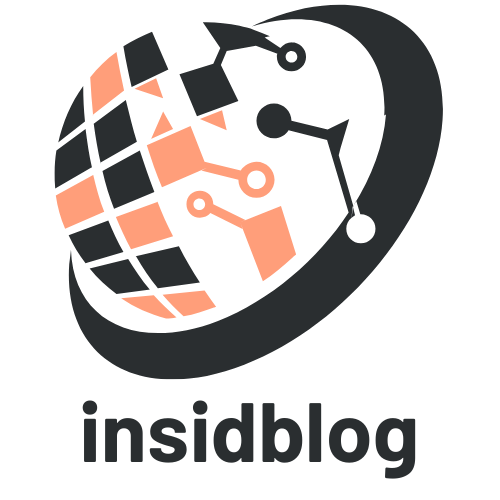In a world where health is wealth, public health tech solutions are the superheroes we didn’t know we needed. Imagine a digital sidekick that swoops in to tackle disease outbreaks, improve access to care, and streamline health services—all while making your morning coffee. With technology advancing faster than a cheetah on roller skates, it’s no surprise that innovative tools are transforming the way we approach public health.
Table of Contents
ToggleOverview of Public Health Tech Solutions
Public health tech solutions encompass a range of innovations aimed at improving health outcomes. They include mobile applications, telemedicine platforms, and data analytics tools. These technologies play a crucial role in disease surveillance, helping to detect outbreaks early and mobilize resources effectively.
Mobile health apps allow individuals to monitor their health metrics easily. They provide real-time data on conditions such as diabetes or hypertension. Telemedicine extends healthcare access to remote areas, connecting patients with healthcare providers through video consultations.
Data analytics tools serve as essential assets for public health agencies. They analyze large datasets to identify trends and predict potential health crises. Geographic Information Systems (GIS) visualize data, aiding in the understanding of disease patterns across different regions.
Wearable devices contribute to proactive health management. By tracking physical activity and vital signs, they empower individuals to take charge of their health. This fosters a preventive approach, reducing the burden on healthcare systems.
Artificial intelligence enhances public health efforts through predictive modeling. It optimizes resource allocation and improves decision-making processes. Machine learning algorithms analyze historical data, forecasting future health trends and challenges.
Cloud computing facilitates data sharing among health agencies, ensuring timely access to critical information. This collaboration enables a coordinated response to public health emergencies.
By integrating these technologies, public health systems effectively address complex health issues. Collectively, they create a framework that supports healthier communities.
Types of Public Health Tech Solutions

Public health tech solutions include several innovative tools that improve health outcomes and enhance healthcare delivery. Each type plays a pivotal role in addressing various public health challenges.
Mobile Health Applications
Mobile health applications serve as valuable resources for individuals to track health metrics such as steps, heart rate, and medication adherence. These apps enable users to monitor their health in real-time and receive personalized advice based on data input. By facilitating communication with healthcare providers, mobile health applications foster better patient engagement. They also collect user data to identify trends, allowing public health officials to address emerging health concerns more effectively. Popular examples include fitness tracking apps and condition-specific management tools that increase health literacy.
Telehealth Platforms
Telehealth platforms revolutionize healthcare delivery by providing remote access to medical professionals. Through virtual consultations, patients can connect with doctors without leaving their homes. This model improves access for underserved populations in rural areas or those with mobility issues. Many telehealth services also offer mental health support, making it easier for individuals to seek help. As a result, these platforms enhance continuity of care while reducing the burden on healthcare facilities. Patients benefit from convenience, while healthcare systems improve operational efficiency.
Health Data Analytics Tools
Health data analytics tools empower public health agencies to leverage large datasets for informed decision-making. These tools facilitate the identification of health trends and patterns, guiding public health interventions. Machine learning algorithms analyze data to predict outbreaks, optimizing resource allocation. Geographic Information Systems (GIS) visualize disease spread, enhancing situational awareness for health officials. Ultimately, employing data analytics leads to more efficient responses to health crises, improving overall community health outcomes. By integrating these tools, public health experts gain insights that drive effective strategies.
Benefits of Public Health Tech Solutions
Public health tech solutions deliver numerous advantages, significantly improving health outcomes across communities. With the integration of these innovations, healthcare delivery becomes more efficient and accessible.
Improved Patient Access
Telehealth platforms expand healthcare access, especially for individuals in remote or underserved regions. Patients can connect with medical professionals through video consultations, eliminating the need for travel. This convenience enhances patient engagement as individuals easily communicate with their healthcare providers. Moreover, mobile health apps allow users to monitor their conditions and receive personalized health advice anytime. These advancements lead to increased appointment adherence and continuity of care for chronic conditions.
Enhanced Data Tracking and Reporting
Data analytics tools significantly elevate the ability to track health trends and outcomes. Public health agencies can access large datasets, enabling them to identify potential outbreaks before they escalate. Geographic Information Systems (GIS) visually represent disease patterns and demographics, facilitating informed decision-making. Additionally, real-time data collection and reporting ensure public health officials respond swiftly to emerging threats. These tools support collaborative efforts among agencies, promoting coordinated interventions that benefit overall community health.
Challenges in Implementing Public Health Tech Solutions
Public health tech solutions face various implementation challenges. These obstacles impact their effectiveness and reach.
Data Privacy Concerns
Data privacy stands as a significant issue when adopting public health tech solutions. Protecting personal health information reassures users and fosters trust. Cybersecurity breaches pose risks to sensitive data, undermining public confidence in these technologies. Regulations like HIPAA establish necessary standards, yet navigating compliance can overwhelm smaller agencies. Implementing secure data management practices ensures information remains confidential while enabling effective health monitoring. The public often hesitates to use applications worried about personal data misuse or exposure.
Accessibility Issues
Accessibility issues hinder the widespread adoption of public health tech solutions. Individuals in rural or underserved areas may lack reliable internet access vital for telehealth services. Device ownership remains another barrier, with some populations unable to afford smartphones or computers. Language differences further complicate usability, potentially alienating non-English-speaking users from available health resources. Designing user-friendly applications that consider diverse literacy levels can improve engagement. Addressing these accessibility challenges allows for broader community participation in health initiatives.
Future Trends in Public Health Tech Solutions
Innovations in public health tech are changing how populations manage health challenges. Emphasis on data-driven decisions fosters improved health outcomes.
Artificial Intelligence and Machine Learning
AI and machine learning play critical roles in public health strategies. These technologies analyze complex datasets, revealing patterns that guide health interventions. Organizations implement predictive models, facilitating early outbreak detection. Machine learning algorithms enhance decision-making by adapting to new data inputs. As models evolve, they improve the accuracy of health predictions, allowing for timely interventions. Public health agencies increasingly rely on AI applications to optimize resource allocation and enhance population health initiatives.
Integration with Wearable Technology
Wearable technology continues to drive public health advancements. Devices like fitness trackers and smartwatches monitor vital signs and physical activity levels. Integration of these wearables with public health software enables real-time health monitoring. Individuals can receive personalized feedback based on their health data, promoting proactive management of chronic conditions. Collaboration between health tech providers and wearables enhances the overall effectiveness of health interventions. Emerging trends suggest increased adoption of wearables among diverse populations, driving improved health awareness and engagement.
Public health tech solutions are reshaping the landscape of healthcare. By harnessing innovative technologies individuals and agencies can tackle health challenges more effectively. These advancements not only improve access and tracking but also empower communities to engage actively in their health management.
As technology continues to evolve the potential for enhancing public health outcomes grows. Embracing these tools can lead to more informed decision-making and quicker responses to emerging health threats. The future of public health lies in the integration of technology that fosters collaboration and promotes healthier communities.



